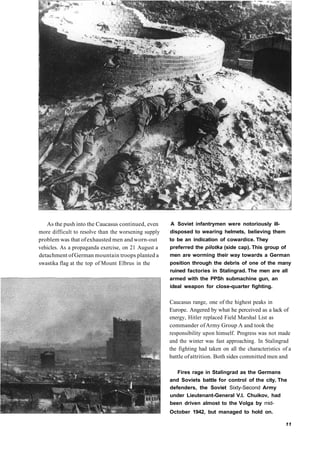
Įarly vehicles were too heavy for the chassis, which led to frequent breakdowns of the suspension and transmission. The fighting compartment was, albeit poorly, ventilated by natural convection, exiting out the rear of the superstructure through two armoured covers. The driver's station projected forward from the casemate's sloped frontal armour plate and used the Tiger I's Fahrersehklappe 80 driver's sight. Early vehicles carried an MP 40 sub-machine gun inside, which could be fired through firing ports in the side of the superstructure. Īn MG 34 machine gun was carried that could be fastened to the open gunner's hatch, much like the arrangement on the Sturmgeschütz III Ausf. The combined weight of the shell and cartridge (38 kilograms (84 lb) for an HE shell and 8 kilograms (18 lb) for a propellant cartridge) made the work of the loader arduous, especially if the gun was elevated to a high angle. Thirty-eight rounds, with separate propellant cartridges, could be carried. It fired the same shells as the 15 cm sIG 33 heavy infantry gun. It used a Panzer IV chassis with the upper hull and turret replaced by a new casemate-style armoured superstructure housing a new gun, the 15-centimetre (5.9 in) Sturmhaubitze (StuH) 43 L/12 developed by Skoda.

The Sturmpanzer was a development of the Panzer IV tank designed to provide a vehicle offering direct infantry fire support, especially in urban areas. Just over 300 vehicles were built and they were assigned to four independent battalions.ĭevelopment A Sturmpanzer in the Anzio-Nettuno area of Italy, March 1944.

German soldiers nicknamed it the " Stupa", a contraction of the term Sturmpanzer.

It was known by the nickname Brummbär (German: "Grouch") by Allied intelligence, a name which was not used by the Germans. It was used at the Battles of Kursk, Anzio, Normandy, and was deployed in the Warsaw Uprising. 166) is a German armoured infantry support gun based on the Panzer IV chassis used in the Second World War. The Sturmpanzer (also known as Sturmpanzer 43 or Sd.Kfz.


 0 kommentar(er)
0 kommentar(er)
